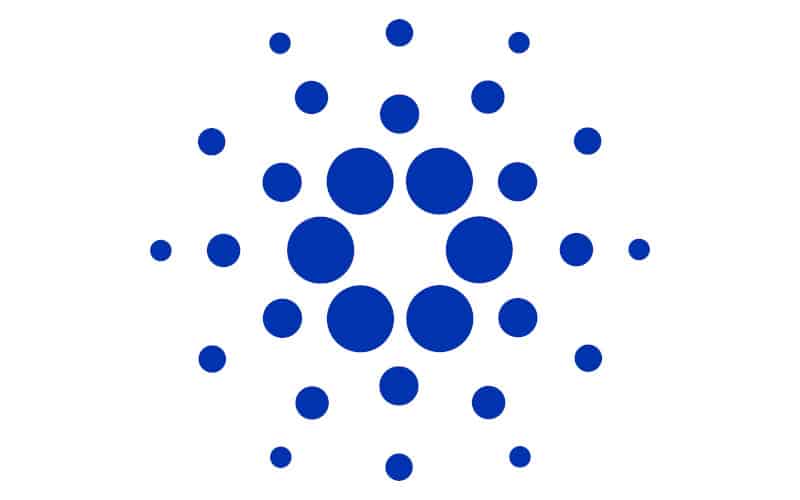Last Updated on
Cardano is one of a number of competing proof-of-stake blockchains. It gives owners of its ADA cryptocurrency the ability to participate in the management of the Cardano network and to vote on modifications to the software rules that govern it.
In a similar vein, developers have the ability to use the Cardano blockchain for common features, such as the execution of smart contracts and the construction of decentralized applications. On top of the platform, there are currently many different kinds of projects that have been developed. Some examples include:
- A solution for enterprise traceability
- A platform for workplace incentive programs.
Since 2017, Cardano’s platform has undergone five significant upgrades, the most notable of which were Byron and Voltaire. Byron made it possible to transfer ADA cryptocurrency for the first time, and Voltaire introduced a new method by which users could contribute to the funding of software development.
Cardano to USD Chart
[ccpw id=”154403″]
Convertor
[ccpw id=”154404″]
Coin Project
[ccpw id=”154405″]
The primary use case for Cardano is to facilitate transactions using its own native cryptocurrency, ADA, and to provide developers with the tools necessary to build decentralised applications that are both secure and scalable using it.
Cardano distinguishes itself from other projects. It does so by placing a greater emphasis on a research-driven approach to design. With this approach, Cardano hopes to achieve the academic rigor, scientific philosophy, and strong commitment to academic research (that has been peer-reviewed) that the project believes will accelerate the adoption of its technology.
Within itself, the Cardano blockchain is composed of two distinct layers:
- The Cardano Settlement Layer (CSL) – The CSL facilitates the transfer of ADA from one account to another and also keeps a record of transactions.
- The Cardano Computation Layer, also referred to as the CCL – The CCL is where developers can find the smart contract logic that can be used to move funds in a programatically controlled manner.
If investors believe that the market will one day favour staking protocols and blockchains that were built to enable decentralised application development, then they may want to consider adding ADA to their portfolio.
Markets
[ccpw id=”41288″]
Wallets
| Ledger | Visit website |
| Trezor | Visit website |
| Math Wallet | Visit website |
| Trust Wallet | Visit website |
| BTC Wallet | Visit website |
| Electrum | Visit website |
| Coinbase | Visit website |
| Cobo | Visit website |
News
You might be interested in
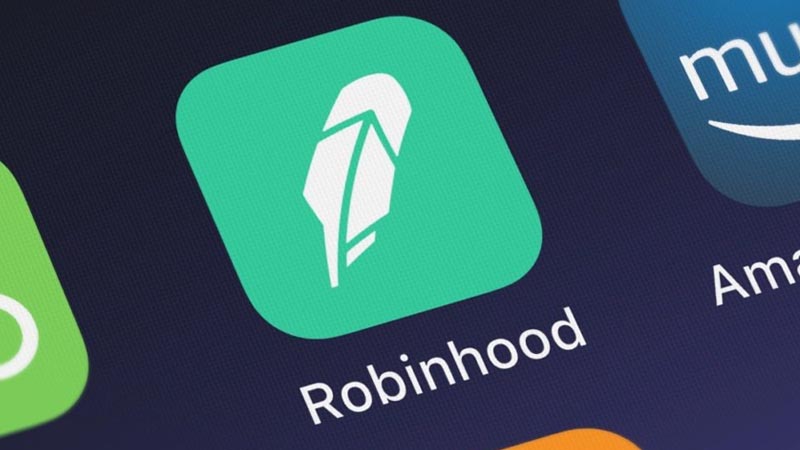
Around 7 million Robinhood users affected by data breach
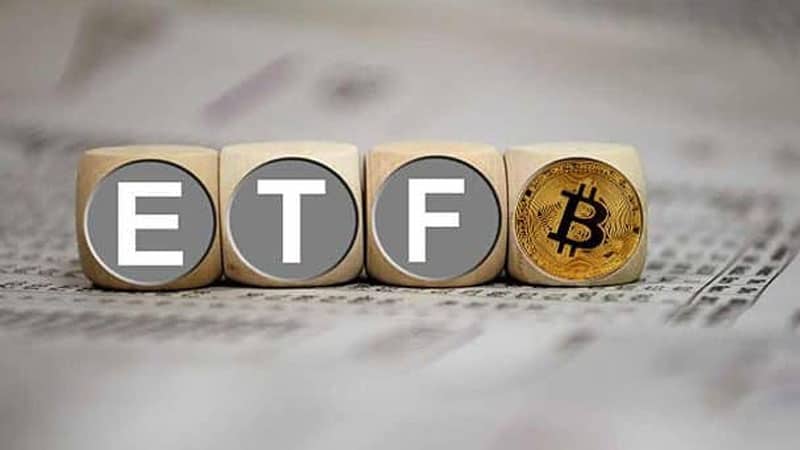
Bitcoin ETF: What is it, price, and ticker symbol
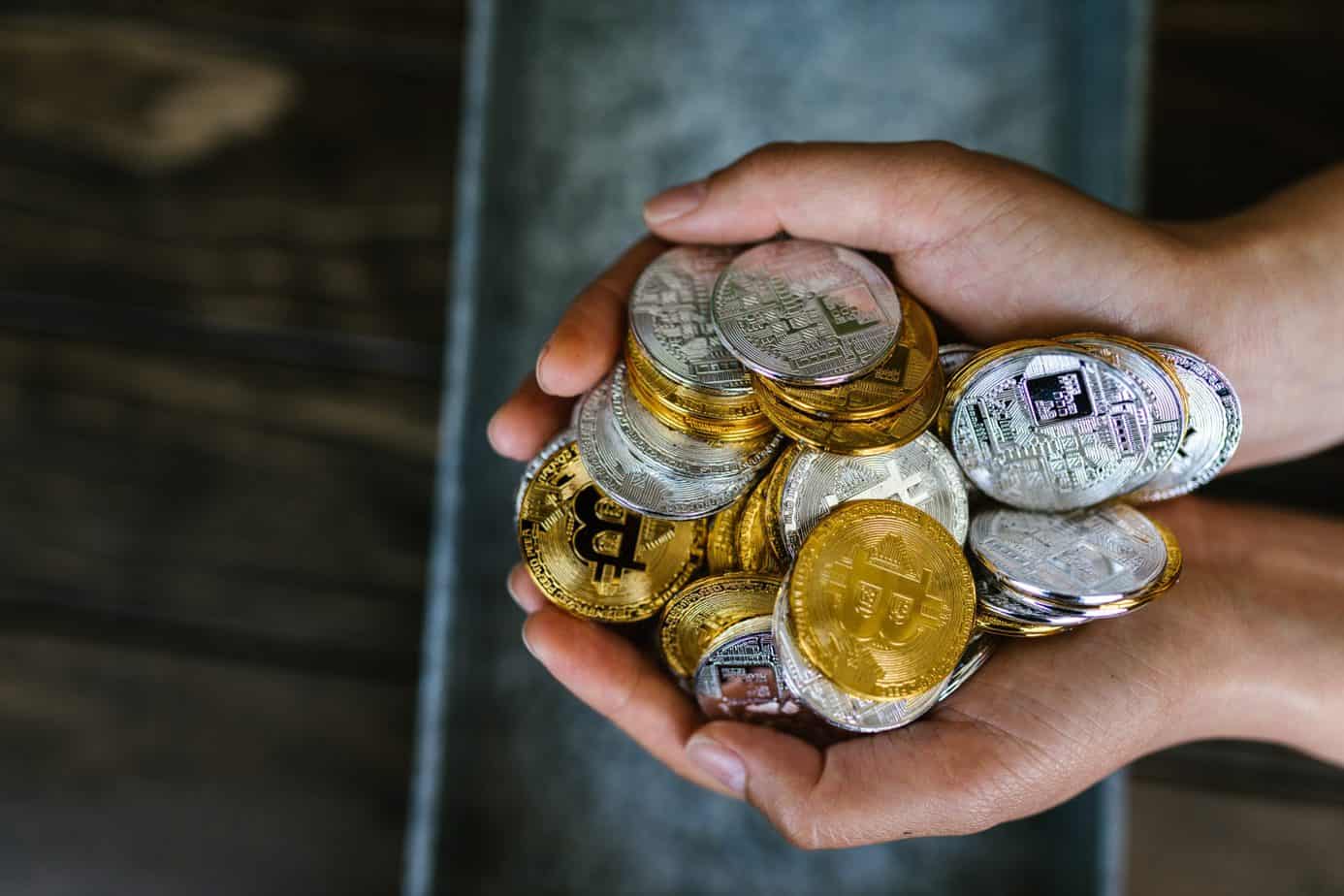
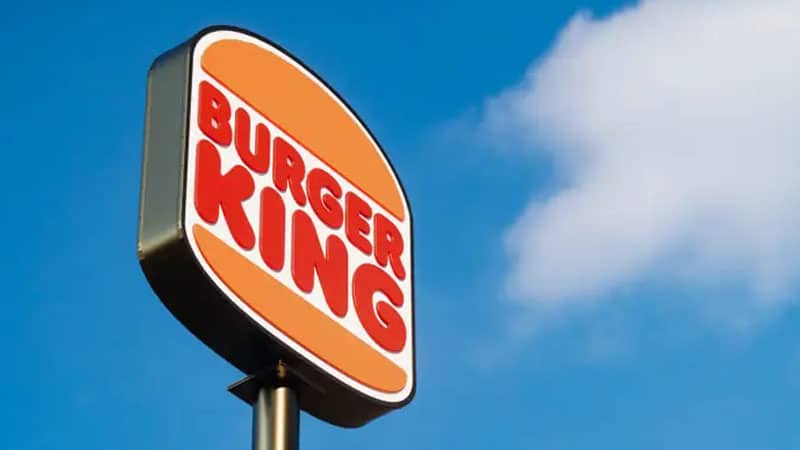
FAQs
Who is the co-founder of Cardano, Charles Hoskinson?
Cardano was initially developed in 2017 by Jeremy Wood and Charles Hoskinson. Hoskinson, who has the greater public profile of the two co-founders, was one of the original developers of Ethereum (ETH) and briefly held the position of chief executive officer of a proposed for-profit entity associated with the project.
What is Ouroboros on Cardano?
Security, transaction validation, and new ADA tokens are all made possible through the Proof-of-Stake consensus algorithm called Ouroboros.
The time is segmented by Ouroboros into epochs and slots, with epochs being the more comprehensive time frames and slots being the 20-second increments that are contained within epochs. A leader (stake pool) is selected at random to represent each slot, and this leader is accountable for selecting the blocks that will be added to the blockchain.


